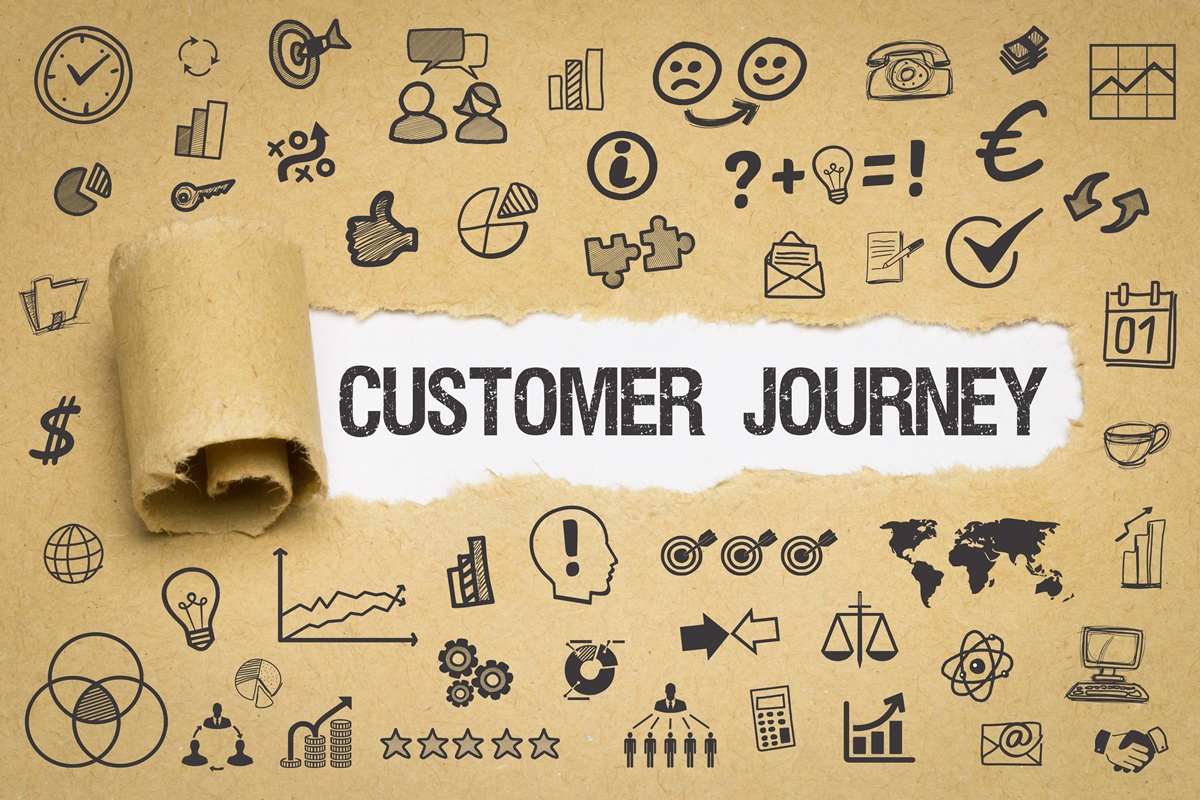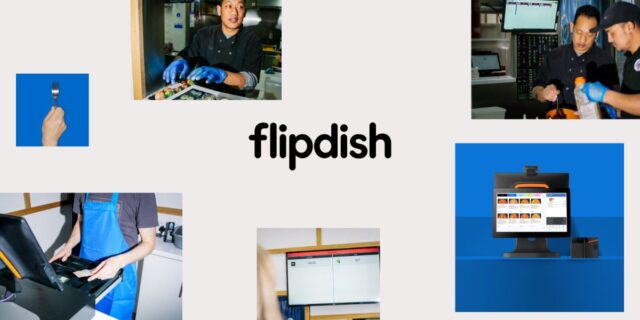October 28, 2025
What is CX automation? How to streamline customer journeys with AI

Consumers today demand fast, personalised service on every interaction with a brand, whether it’s a call to support, using a mobile app, or social media chat. Providing those experiences at scale with manual processes alone is nearly impossible.
Customer experience (CX) automation can bridge that gap with AI and analytics technologies that automate the entire customer journey. Predicting customer needs, routing inquiries, and personalising offers are just a few ways CX automation helps organisations provide efficient, consistent, human-centred experiences while managing costs and loyalty.
What is CX automation?
CX automation is the application of AI-powered technologies and analytics to orchestrate and optimize the entire end-to-end customer journey, from the first website visit to post-purchase support and beyond. This differs from customer support automation, which is used solely for scripted tasks, such as sending confirmation emails or routing tickets. CX automation is the orchestration of the customer experience across all channels and touchpoints. It’s about real-time adaptation and personalisation.
Several key capabilities drive CX automation. Automated workflows help power complex, multi-step processes, such as billing resolutions or service appointments, with minimal human intervention.
Real-time decision-making takes incoming signals (behavioural, sentiment, and past purchase history) and determines the next course of action in the moment. Data-driven personalisation surfaces the right messages, offers, and support pathways for individuals, creating a seamless and frictionless experience.
Driving these capabilities is a set of advanced technologies and tools. Artificial intelligence and machine learning algorithms are trained to learn and improve from every interaction and action.
Natural language processing (NLP) helps chatbots and voice assistants understand intent and context. Predictive analytics enables businesses to spot trends, potential churn, or upsell opportunities before the customer has to raise a single finger.
Why CX automation matters now
Customer expectations are increasing at a pace that many teams struggle to keep up with. Customers expect an answer in seconds and personalized experiences, regardless of whether they’re messaging support at 2 a.m. or browsing during their lunch hour.
AI and analytics are making that possible. By combing through large volumes of data in real time to understand intent, predict next steps, and route inquiries to the most appropriate channel or agent, they help customers get what they need fast and without having to wait or repeat themselves.
The 2025 CallMiner CX Landscape Report underscores this urgency: 96% of CX and contact center leaders now view AI as a key strategy, with AI adoption climbing to 80%, up from 62% just a year earlier. The study also shows that over half (51%) of organisations rely entirely on third-party AI software, and those choosing vendor solutions are moving faster: 85% have at least partially implemented AI compared to 71% of those building solutions in-house.
CX automation, enabled by AI and analytics, also helps businesses achieve measurable business outcomes. Automated routing and self-service solutions help free agents from repetitive tasks, reducing operating expenses and response times.
Predictive insights can also enable teams to identify and act on churn risks, as well as personalise offers to help drive loyalty and increase customer lifetime value (CLV). The end result is a stronger link between CX and bottom-line results: faster, less expensive service and relationships that stick.
How CX automation improves the customer journey
CX automation infuses intelligence and speed into every phase of the customer journey, making interactions more personalised, frictionless, and efficient.
Personalized engagement
AI and analytics analyse data, such as purchase history, browsing behaviour, and service interactions, to create insights that drive each touchpoint. Messages, product recommendations, and offers are delivered at the right time and via the most relevant channel, creating a level of relevance that resonates with customers and fosters loyalty.
Proactive service
Predictive models identify potential issues such as shipping delays or account anomalies before the customer even knows they exist. The team can automatically send alerts, modify orders, or recommend solutions, transforming potential frustration into trust-building moments.
Omnichannel consistency
Customers can initiate a query through a mobile app, transition to live chat, or visit a company’s brick-and-mortar location. CX automation ensures context is never lost as they switch between channels. Conversations, preferences, and order information persist across web, social, and in-person engagements, and customers never have to repeat themselves.
Speed and efficiency
Automating routine tasks, such as routing inquiries, processing returns, or answering FAQs, reduces wait times and frees agents to focus on more complex cases. Faster resolutions and smoother processes result in a better experience from start to finish.
Learn more about how real-time alerts and feedback loops drive transformational agent and customer outcomes in this guide on ‘Your Framework for AI-Driven Continuous CX Improvement.’



